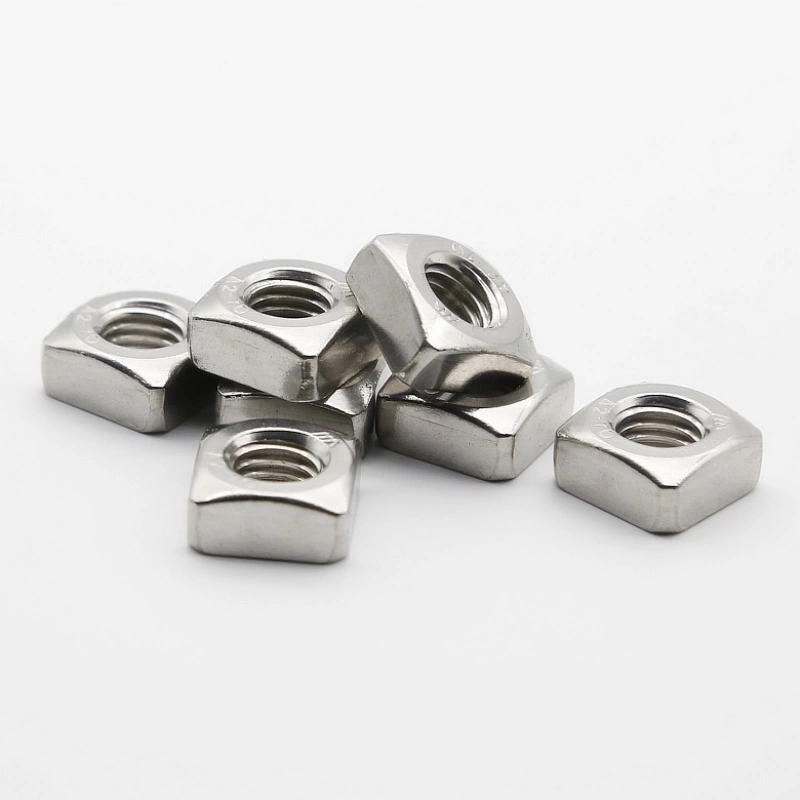

Self-Tapping Grub Screws for Secure and Reliable Fastening Solutions in Various Applications
авг. . 21, 2024 13:59 Back to list
Self-Tapping Grub Screws for Secure and Reliable Fastening Solutions in Various Applications
Understanding Self-Tapping Grub Screws A Guide
Self-tapping grub screws are versatile fasteners that play a crucial role in various mechanical and construction applications. Unlike standard screws, which require a pre-drilled hole to engage with the materials, self-tapping grub screws are designed to create their own thread as they are driven into a material, making them highly efficient and practical.
What Are Self-Tapping Grub Screws?
Grub screws, also known as set screws, are typically cylindrical fasteners without a head. They are often used to secure objects in place, such as fastening a gear to a shaft or holding components together. The unique feature of self-tapping grub screws is their ability to cut their own thread in materials like metal, plastic, or wood, making them ideal for applications where a secure fit is essential.
Types of Self-Tapping Grub Screws
There are several types of self-tapping grub screws, each designed for specific applications. Common varieties include
1. Thread Cutting These screws create a thread in softer materials, allowing for a strong grip with minimal effort. They are ideal for use in applications where the material can easily be penetrated.
2. Thread Forming Instead of cutting the material, these screws displace the material to create a thread, which is particularly useful in thermoplastics or softer metals where minimizing material loss is essential.
3. Socket Head Many self-tapping grub screws come with a hex socket to allow for better torque application during installation, ensuring a snug fit without damaging the screw itself.
4. Locking Some variants include locking features designed to prevent loosening due to vibrations or movement, adding an extra layer of security in demanding environments.
Advantages of Self-Tapping Grub Screws
The application of self-tapping grub screws offers numerous advantages
self tapping grub screw

- Ease of Installation As these screws can tap their own thread, they eliminate the need for pre-drilling holes, saving time and reducing labor costs during assembly.
- Material Versatility Self-tapping grub screws can be used in a variety of materials, making them a reliable choice across different fields, including automotive, industrial machinery, and consumer electronics.
- Cost-Effectiveness By streamlining the assembly process and minimizing the need for additional tools or components, self-tapping grub screws can contribute to cost savings in production and maintenance.
- Enhanced Stability The ability to form a tight fit ensures that components remain securely connected, enhancing the stability and reliability of the assembled products.
Applications of Self-Tapping Grub Screws
The versatility of self-tapping grub screws makes them suitable for various industries. They are commonly used in
- Automotive Engineering To secure components within engines, transmissions, and other parts where vibration resistance is crucial.
- Electronics Securing circuit boards and other components within devices, providing a reliable connection without the need for extensive hardware.
- Furniture Assembly Offering a straightforward solution for joining materials in modular furniture, where easy disassembly and reassembly may be required.
- Machine Manufacturing Used in equipment assembly to hold parts together, allowing for straightforward adjustments and maintenance.
Conclusion
Self-tapping grub screws are an essential component in the landscape of fasteners, providing an efficient and reliable solution across a multitude of industries. With their ease of installation and adaptability to various materials, they contribute significantly to the integrity and performance of mechanical assemblies. Understanding their types and applications can help engineers and manufacturers make informed decisions when designing products and systems.
Latest news
-
Premium Fasteners Manufacturer | AI-Driven Solutions
NewsAug.01,2025
-
Hot Dip Galvanized Bolts - Hebei Longze | High Strength, Corrosion Resistance
NewsAug.01,2025
-
High-Strength Hot Dip Galvanized Bolts - LongZe | Corrosion Resistance, Custom Sizes
NewsAug.01,2025
-
Best Self Tapping Screws for Drywall - Fast & Secure Installation
NewsJul.31,2025
-
High-Strength Hot Dip Galvanized Bolts-Hebei Longze|Corrosion Resistance&Customization
NewsJul.31,2025
-
Hot Dip Galvanized Bolts-Hebei Longze Metal Products|Corrosion Resistance&High Strength
NewsJul.31,2025

